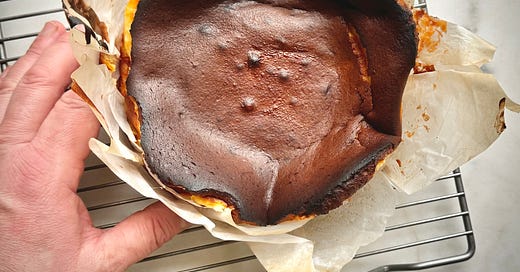The daffodils and snowdrops lull me into a false sense of security, urging me to forego wearing a coat as I go to pick carrots and celeriac from the garden beds, getting caught in a chilly downpour with two small stubborn dogs who would rather run away from me, sniffing around for no doubt something dreadful whilst I pointlessly try to coax them back t…
Keep reading with a 7-day free trial
Subscribe to A Private Chef to keep reading this post and get 7 days of free access to the full post archives.



